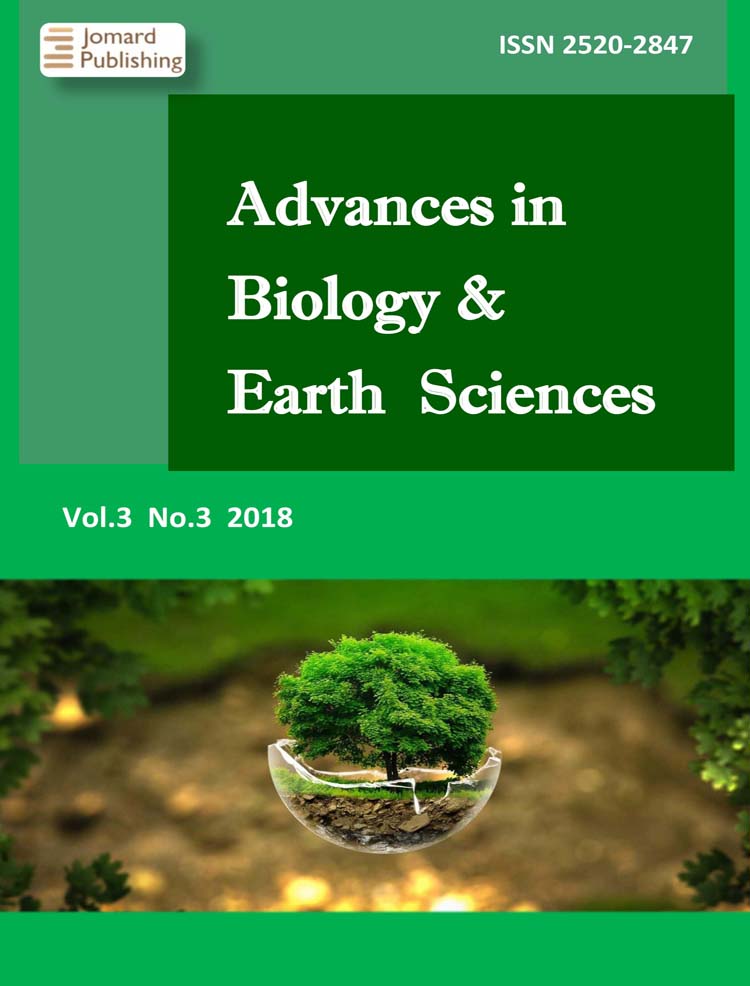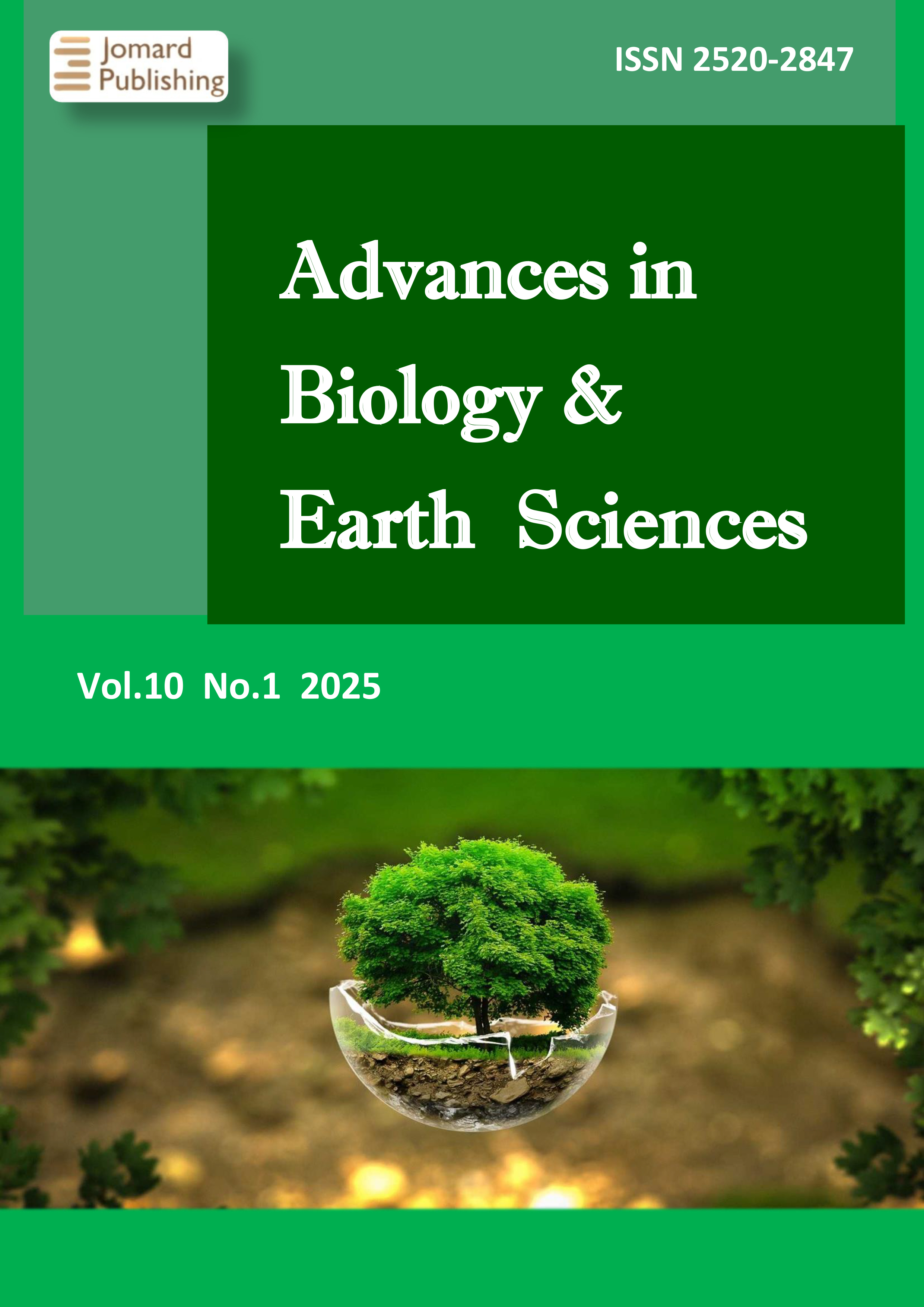Drugs Loaded in Bilosomes for the Treatment of Gastrointestinal Cancers: A Comprehensive Review
- Published: 15-04-2025
Share
Oral drug delivery remains the most widely studied and utilized method of drug administration due to the convenience, safety, compliance and low cost associated with this route. Nevertheless, only a small fraction of orally administered investigational drug candidates successfully reach the market. One of the primary reasons for poor bioavailability and the high attrition rate of drugs undergoing Phase I clinical trials is the challenging permeability and solubility profile, which oral drugs must contend with. GI cancers have very unique challenges for drug carriers that are most noted for drug delivery to other tumors. GI cancers are of particular interest because conventional treatments fail to disseminate drugs to tumorous tissue adequately. This review aims to explore bilosomes as new, innovative and unique surfactant-based nanocarriers that have been studied to effectively deliver biologically active drugs to the upper GI tract, especially for the treatment of organic and non-solid GI cancers like esophageal and pancreatic tumors. Bilosomes improved the stability and permeability of encoated drugs. As such, prevention of the degradation of the drug is essential to improve the local therapeutic effect and enhance oral absorption and bioavailability. Drug formulations that show a change in physicochemical properties, such as size, zeta potential and pH, have also been shown to exhibit changeable release profiles from bilosomes. Therefore, more studies need to be done to fully understand how the drug-to-bilosome ratio can affect the physiological, morphological and biopharmaceutical properties of the drug formulation. Further, exploring the insertion of new bile acids into bilosomes preparations can yield another avenue for increasing the viability of the end formulations for use with drug candidates with varied hygroscopicity and hydrophobicity. Moreover, modified bilosomes have been promising in this regard.
- View 782
- Downloads 261
- Saveds 0
- Citations (Crossref) 0


